As temperatures rise, staying cool becomes a top priority—but traditional air conditioners can be energy hogs, driving up your electricity bills. Enter solar air conditioners, the eco-friendly solution to beat the heat without breaking the bank. In 2025, solar-powered cooling systems have become more efficient, affordable, and accessible than ever. Whether you’re looking to reduce your carbon footprint or save on energy costs, a best solar air conditioner is a smart investment. In this article, we’ll explore the best solar air conditioner options available, how they work, and why they’re a game-changer for sustainable living. Plus, we’ll touch on how pairing them with best flickering flame solar lights can create a fully solar-powered home. Let’s dive in!
1. Understanding Solar Air Conditioners

Solar air conditioners use solar energy to power their cooling systems, reducing reliance on traditional electricity. They come in two main types: hybrid systems that use both solar and grid power, and fully solar-powered units that operate independently.
2. The Appeal of Solar-Powered Cooling

These systems are not only eco-friendly but also cost-effective in the long run. By harnessing the sun’s energy, they significantly lower your electricity bills and reduce your carbon footprint.
3. How Solar Air Conditioners Work

Solar air conditioners use photovoltaic (PV) panels to convert sunlight into electricity. This energy powers the compressor and fans, providing cool air without relying on the grid. Some models also include battery storage for nighttime use.
4. Key Benefits of Solar Air Conditioners

The primary advantages include energy savings, environmental sustainability, and independence from the grid. They’re especially useful in areas with frequent power outages or high electricity costs.
5. Essential Features to Consider

When choosing a solar air conditioner, look for energy efficiency ratings, cooling capacity, battery storage options, and compatibility with your existing solar setup.
6. Top Solar Air Conditioners for 2025

We’ve rounded up the best models on the market, including hybrid and fully solar-powered options. Each offers unique features like smart controls, high energy efficiency, and quiet operation.
7. Hybrid vs. Fully Solar-Powered Units

Hybrid systems are ideal for areas with inconsistent sunlight, while fully solar-powered units are perfect for off-grid living. Consider your location and energy needs when making a choice.
8. Installation Process for Solar Air Conditioners

Installation involves setting up solar panels, connecting the unit to the panels, and ensuring proper ventilation. It’s best to hire a professional to ensure optimal performance.
9. Maintenance Tips for Long-Lasting Performance

Regularly clean the solar panels, check the refrigerant levels, and inspect the system for wear and tear. Proper maintenance ensures your unit runs efficiently for years.
10. Troubleshooting Common Issues

If your solar air conditioner isn’t cooling effectively, check the solar panels for dirt or shading. Ensure the batteries are charged and the unit is properly connected to the panels.
11. Enhancing Energy Efficiency

Pair your solar air conditioner with energy-efficient practices like proper insulation, using ceiling fans, and closing curtains during the day to maximize cooling.
12. Cost Savings with Solar Air Conditioners

While the upfront cost can be higher than traditional units, the long-term savings on electricity bills make solar air conditioners a worthwhile investment.
13. Environmental Benefits of Solar Cooling

By reducing reliance on fossil fuels, solar air conditioners help lower greenhouse gas emissions and combat climate change.
14. Solar Air Conditioners for Off-Grid Living

These units are perfect for remote areas or off-grid homes where traditional electricity is unavailable or unreliable.
15. Smart Features in Modern Solar Air Conditioners

Many models now come with smart controls, allowing you to adjust settings via your phone or voice assistants like Alexa or Google Home.
16. Comparing Solar Air Conditioners to Traditional Units

Solar air conditioners are more energy-efficient and environmentally friendly, though they may have higher upfront costs. However, the long-term savings and benefits outweigh the initial investment.
17. Customer Reviews and Recommendations

Homeowners praise solar air conditioners for their energy savings, quiet operation, and eco-friendliness. Many also appreciate the independence from the grid.
18. Where to Buy Solar Air Conditioners

You can find these units at specialty HVAC stores, online retailers, and solar energy companies. Be sure to read reviews and compare prices before purchasing.
19. Government Incentives and Rebates

Many governments offer incentives, tax credits, or rebates for installing solar-powered systems, making them more affordable.
20. Solar Air Conditioners for Commercial Use

These units are also gaining popularity in commercial settings, helping businesses reduce energy costs and meet sustainability goals.
21. Pairing Solar Air Conditioners with Other Solar Products

For a fully solar-powered home, consider pairing your air conditioner with other solar products like best flickering flame solar lights. This combination creates a cohesive, energy-efficient living space.
22. Future Trends in Solar Cooling Technology

Advancements in solar panel efficiency, battery storage, and smart technology are making solar air conditioners even more accessible and effective.
23. Common Myths About Solar Air Conditioners

Some believe solar air conditioners don’t work well in cloudy climates or are too expensive. However, modern units are designed to perform in various conditions and offer significant long-term savings.
24. Choosing the Right Size for Your Space

Ensure your solar air conditioner has the right cooling capacity for your room size. An undersized unit won’t cool effectively, while an oversized one wastes energy.
25. Final Thoughts on Solar Air Conditioners

Solar air conditioners are a smart, sustainable way to stay cool while reducing your energy bills and environmental impact. With advancements in technology and increasing affordability, there’s never been a better time to make the switch.
Conclusion
Solar air conditioners are revolutionizing the way we cool our homes and businesses. They’re energy-efficient, eco-friendly, and cost-effective, making them a win-win for both your wallet and the planet. Pair them with best flickering flame solar lights to create a fully solar-powered home that’s as stylish as it is sustainable. Ready to make the switch? Explore the best solar air conditioner of 2025 and take the first step toward a cooler, greener future.


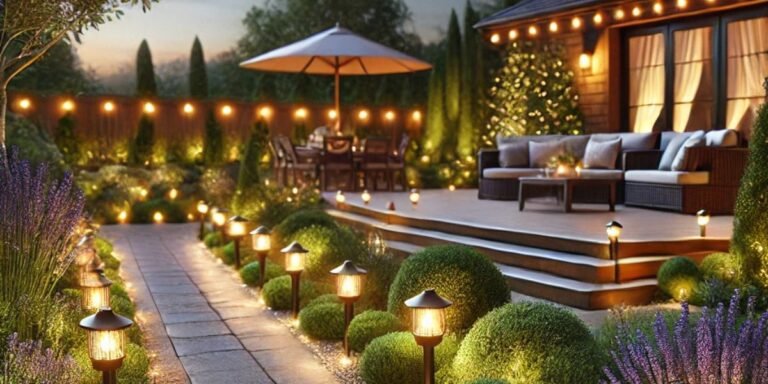




















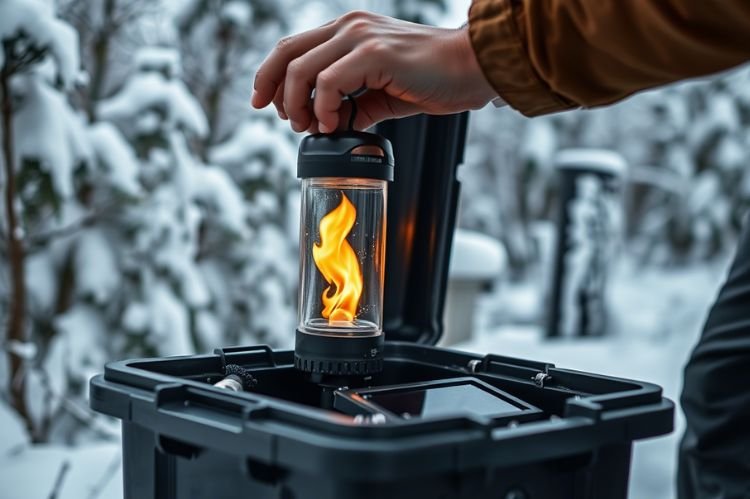










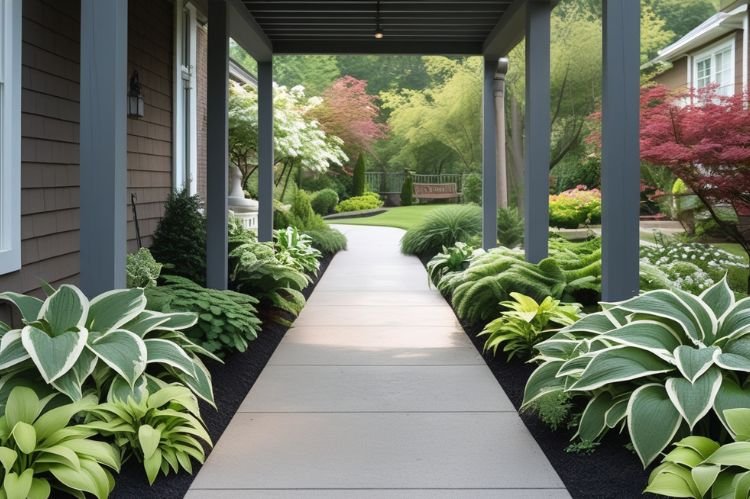



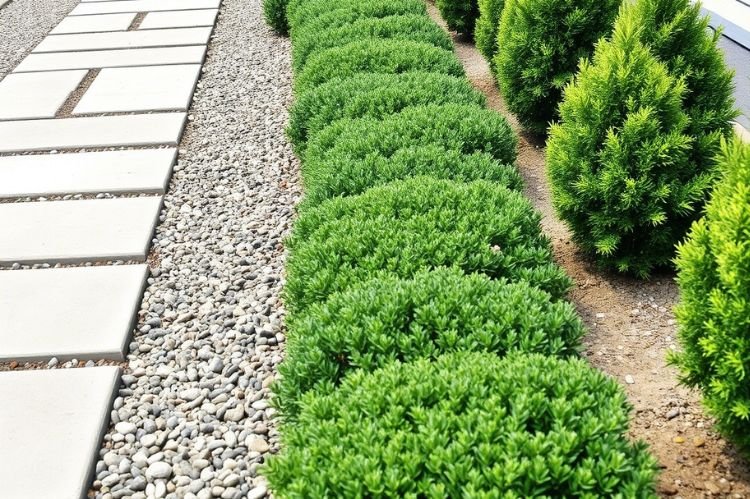


























































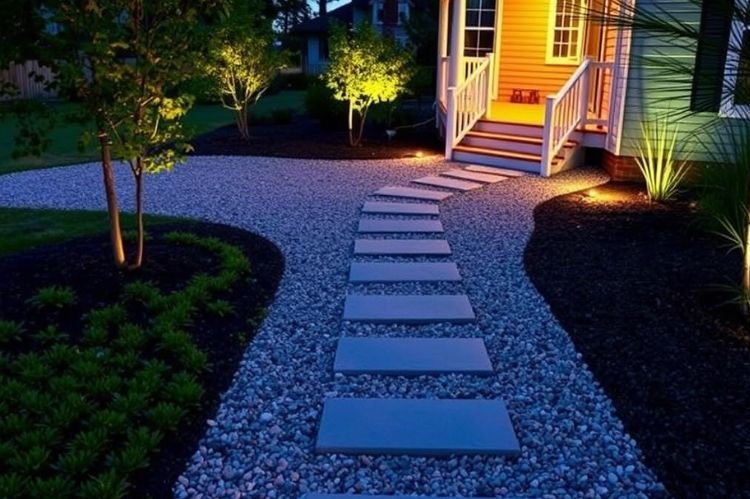


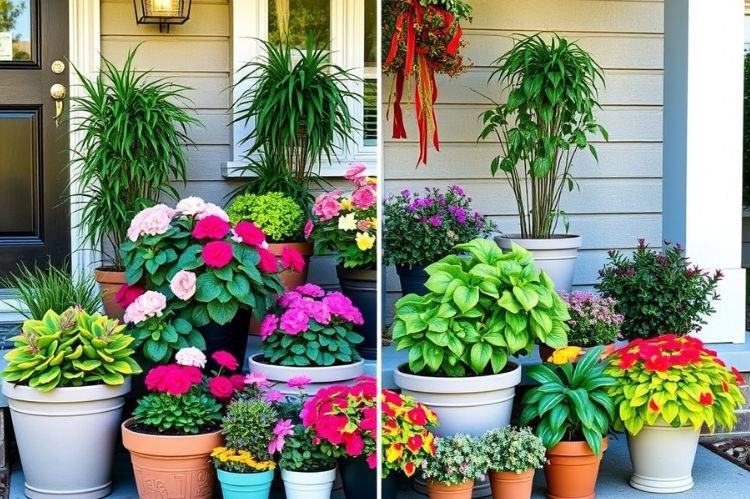














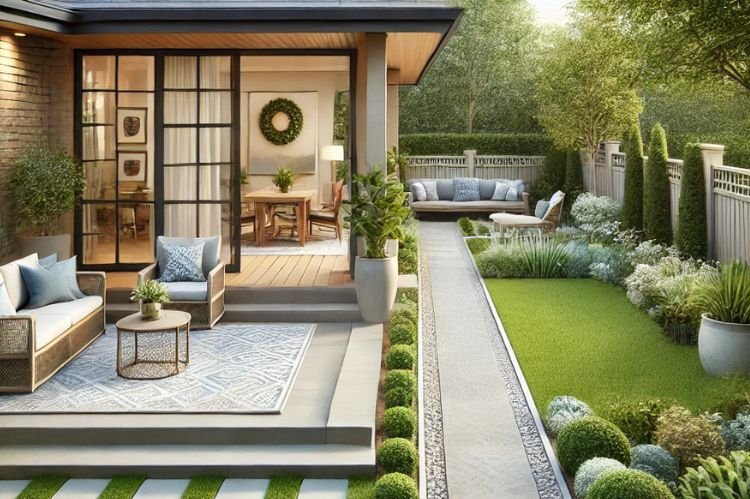















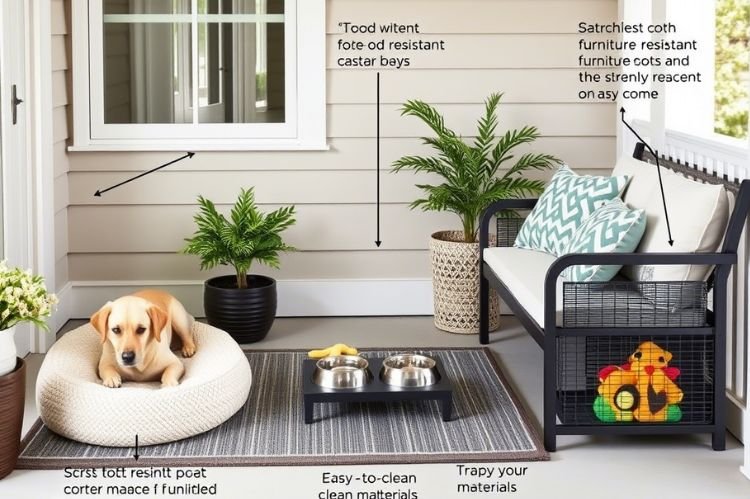

























































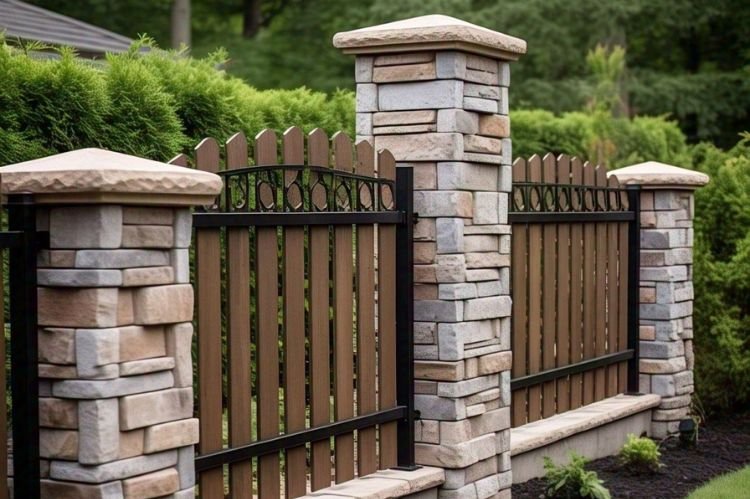


























 Get creative with lighting to enhance your
Get creative with lighting to enhance your